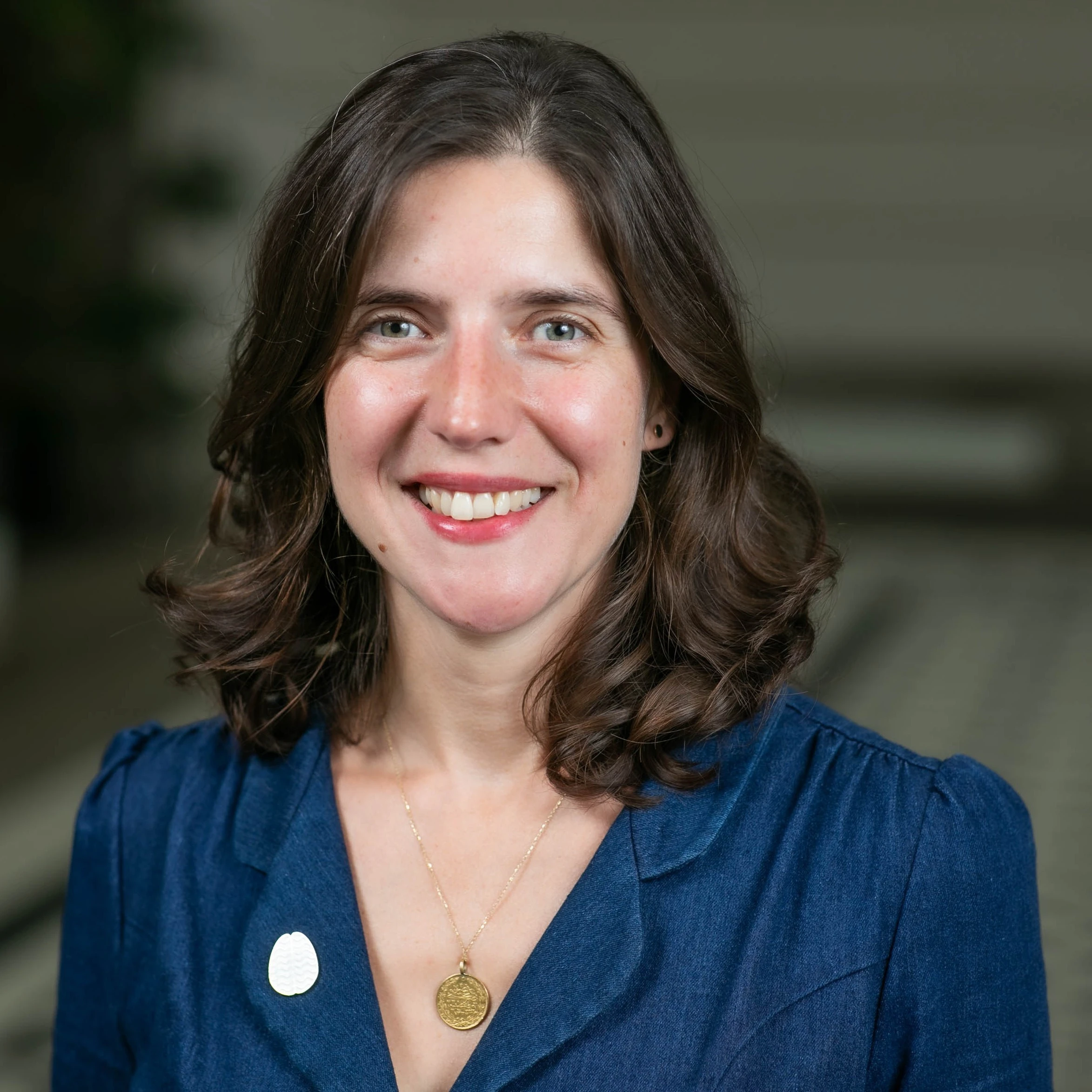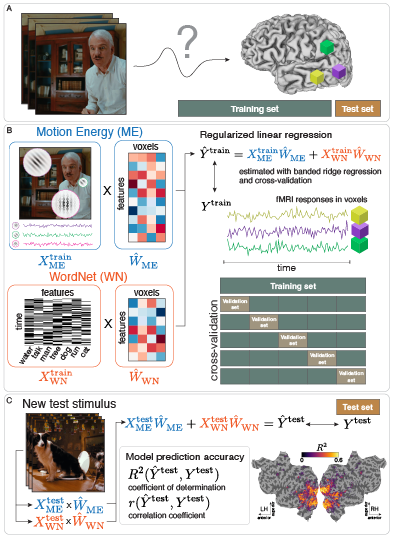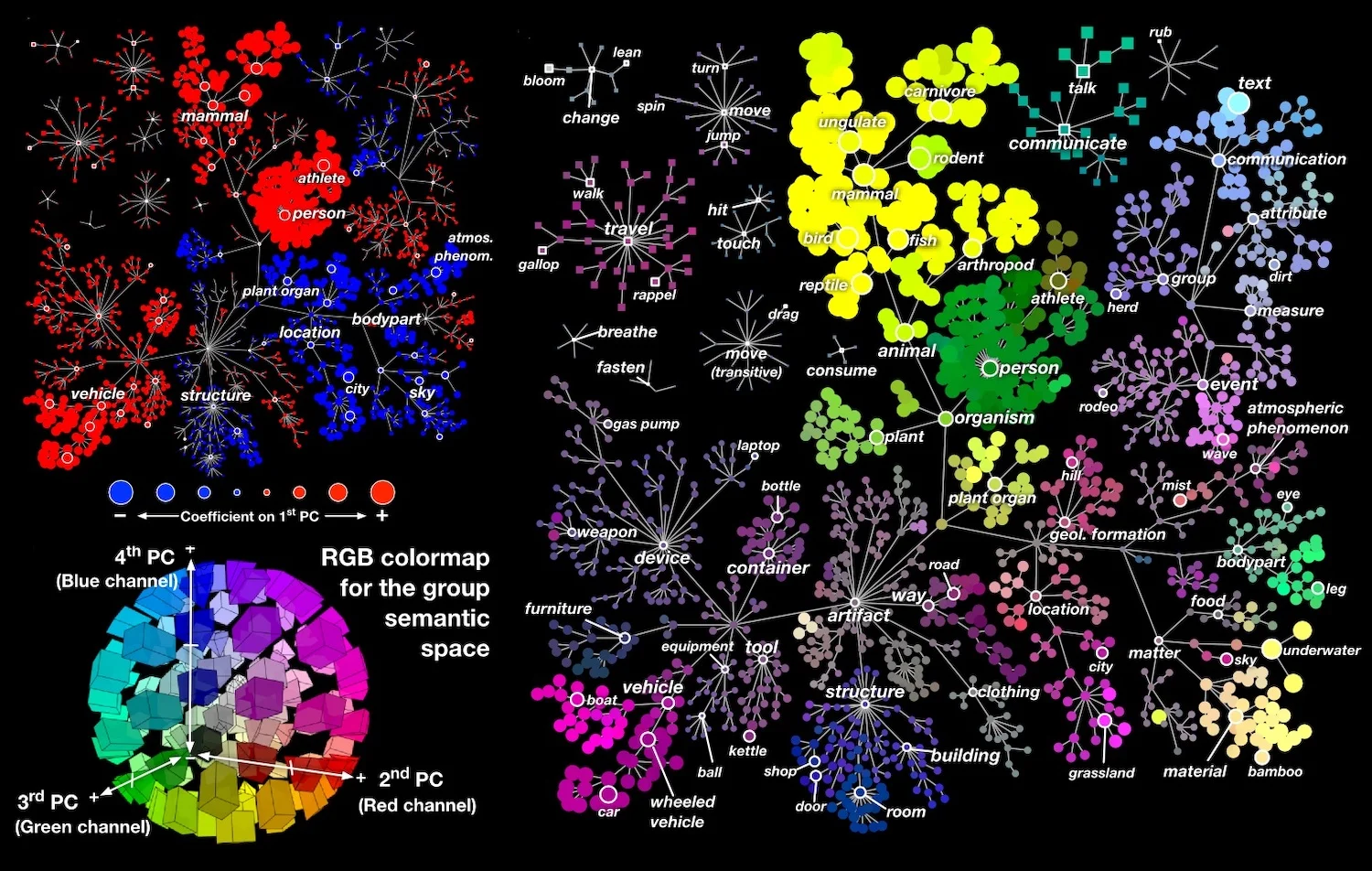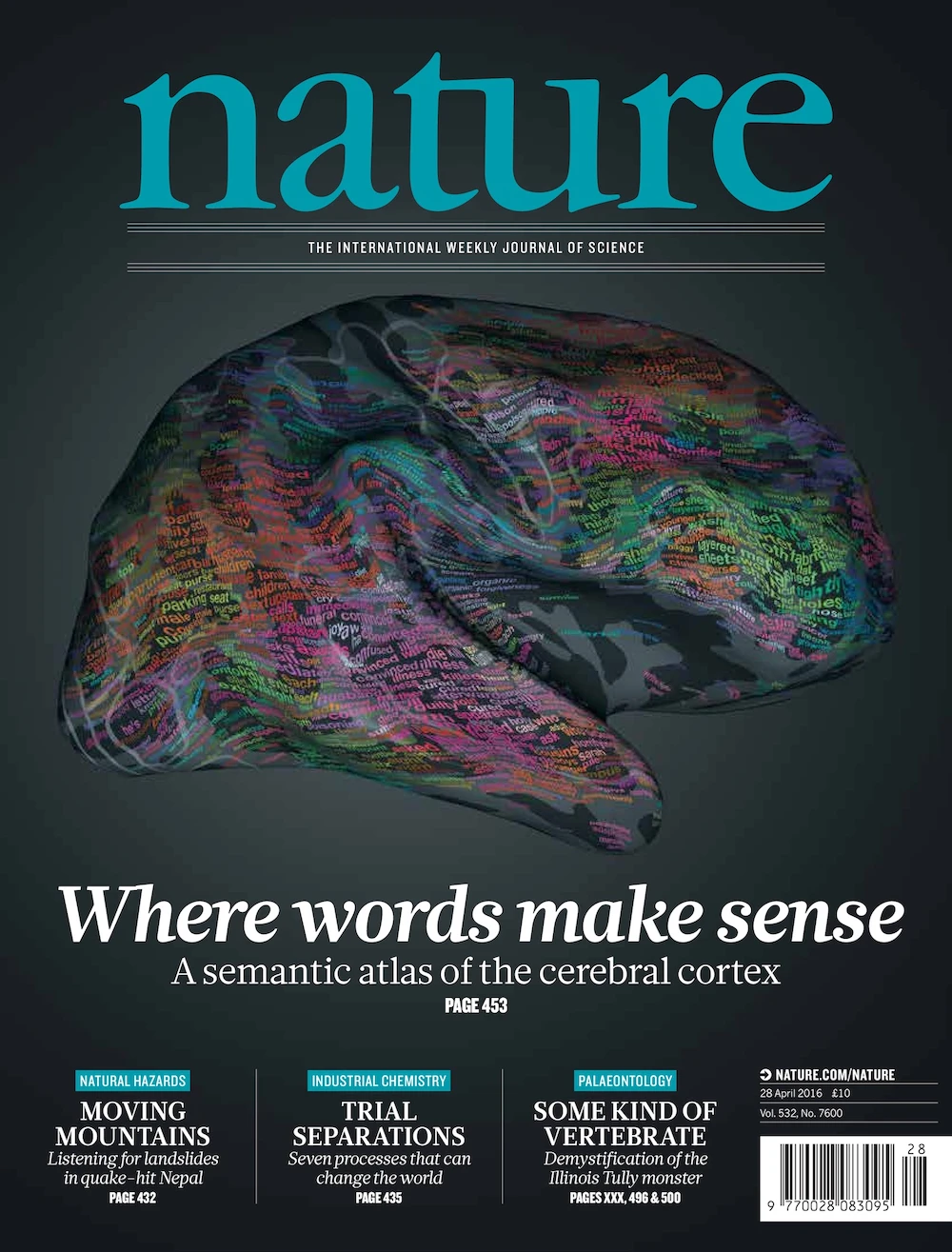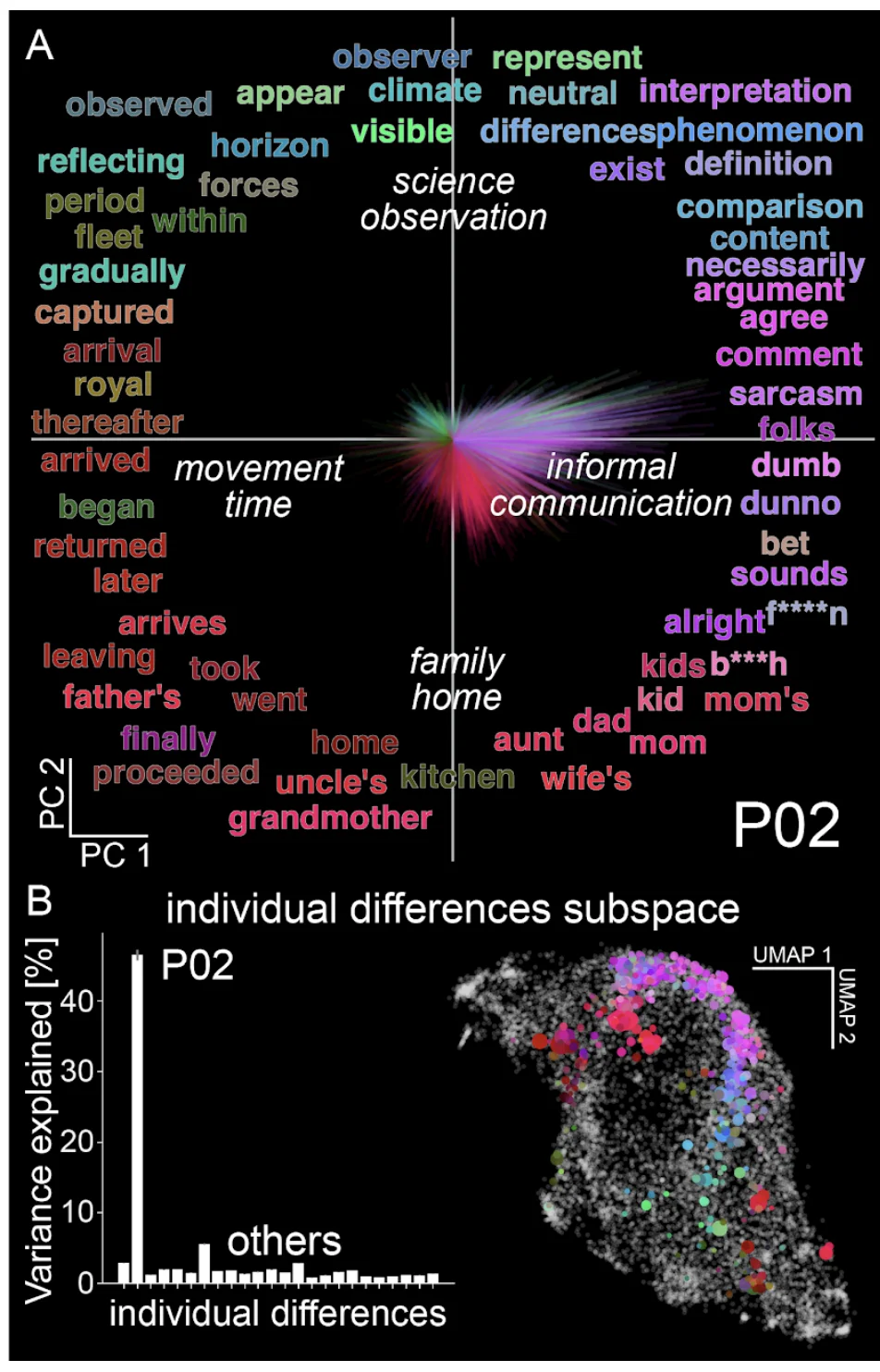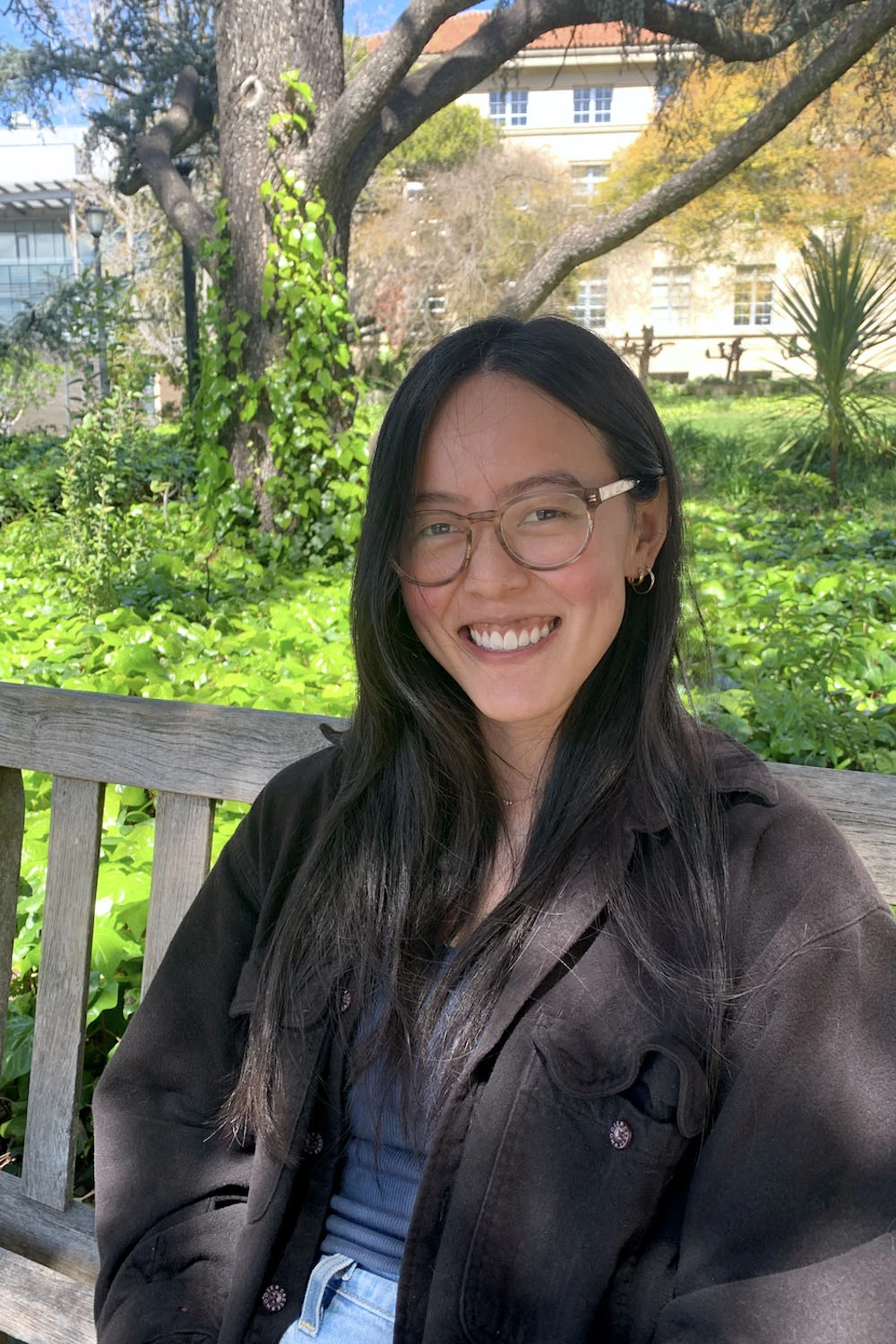This site provides information about ongoing research in Jack Gallant’s cognitive, systems and computational neuroscience lab at UC Berkeley. Here you can find our cool interactive brain viewers, some of our published papers, information about the great people who do the work, our open data, open source code, and tutorials.
If you would like to know more about the general philosophy of the lab, please listen to this Freakonomics podcast interview with Jack Gallant or to these OHBM discussions between Peter Bandettini and Jack Gallant (discussion 1, discussion 2). If you would like to know more about our cutting-edge fMRI data analysis and modeling framework, voxelwise encoding models, please navigate to the Learn page.
We are recruiting postdocs!
We currently have openings for potential postdocs. If you are interested please contact Jack Gallant.
Latest News
December 3, 2025
Fantastic news! Our former postdoc
Prof. Fatma Deniz has just been elected President of the Technical University of Berlin! Congratulations President Deniz!
November 13, 2025
This
new NeurIPS paper from
Alicia Zeng presents an important new method for improving interpretation of neuroimaging experiments that use word embeddings as features.
September 17, 2025
Our latest review paper on the Voxelwise Encoding Model (VEM) framework from
Matteo Visconti di Oleggio Castello and
Fatma Deniz is now available as a preprint on
PsyArXiv. This paper provides the first comprehensive guide for creating encoding models with fMRI data, and complements our VEM tutorials.
September 15, 2025
We have created a new
brain viewer that provides a way to inspect cortical visual-semantic conceptual maps at the group level, vertex-by-vertex. The data for this viewer were generated by pooling visual semantic maps from 15 separate participants who viewed several hours of short movie clips.
September 5, 2025
We've created a new
brain viewer that provides a way to inspect cortical lexical-semantic conceptual maps at the group level, vertex-by-vertex. The data for this viewer were generated by pooling lexical semantic maps from 24 separate participants who listened to several hours of natural narrative stories. Based on the results that we reported in
another recent paper, this viewer should account for about 80% of the variance in lexical semantic conceptual maps in any individual.
May 15, 2025
Emily Meschke has received her PhD! Congratulations Dr. Meschke! Emily will be moving to Columbia University in a few months to begin a postdoc.
